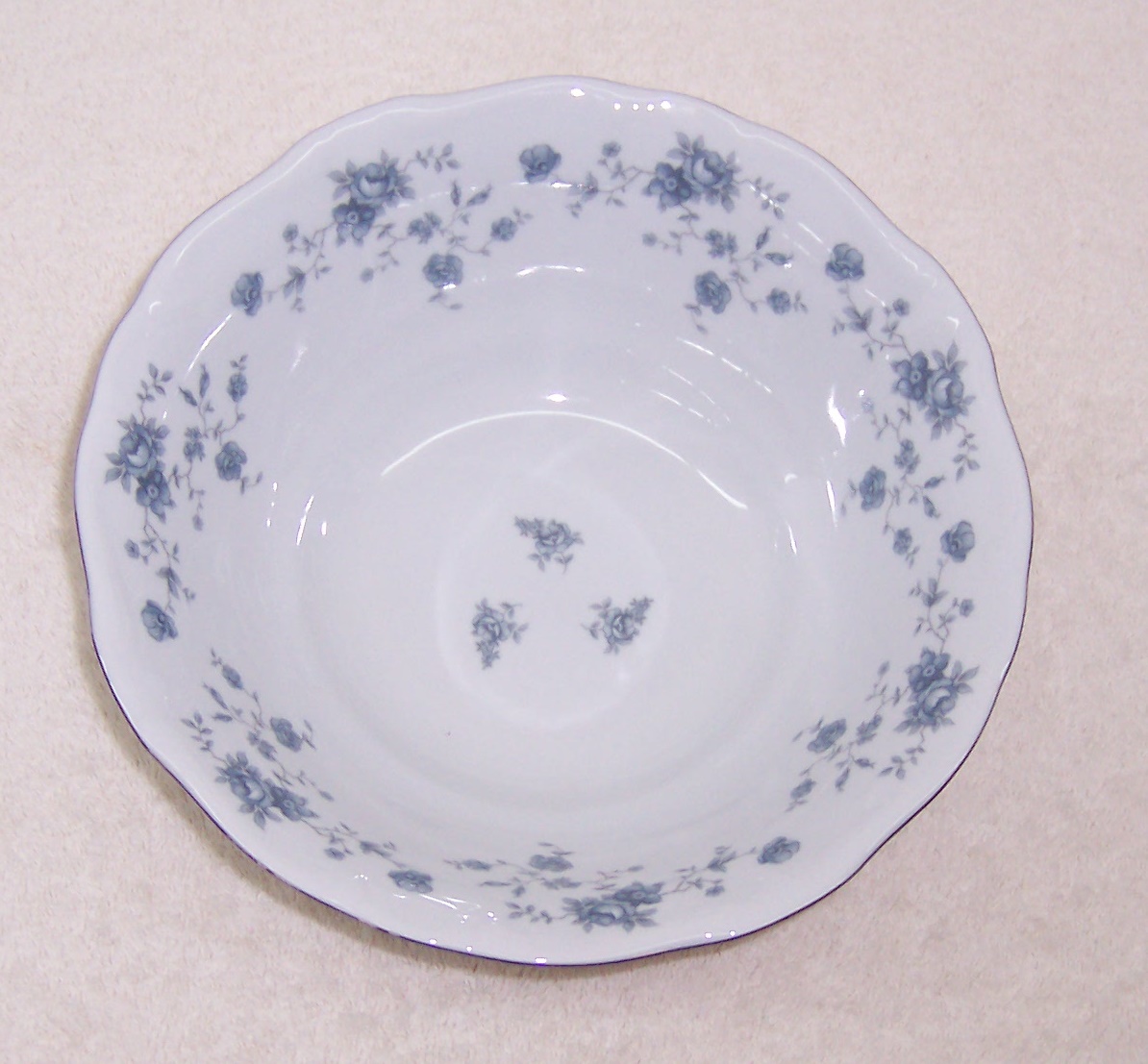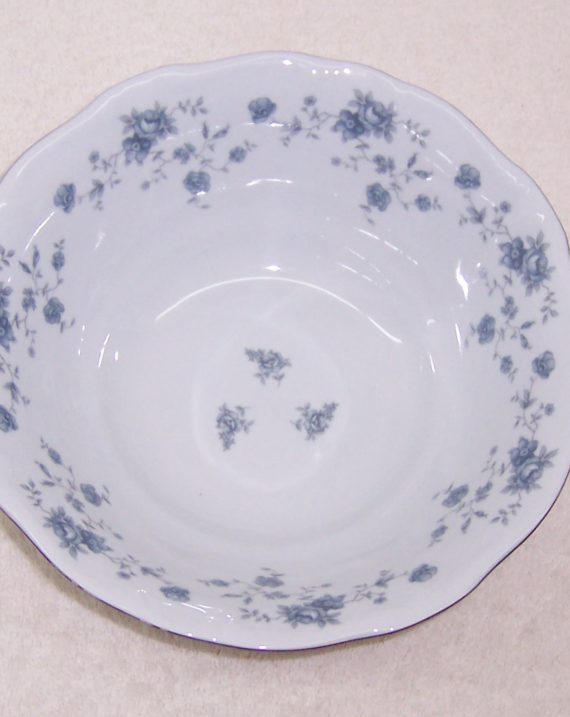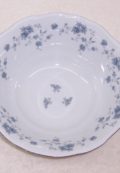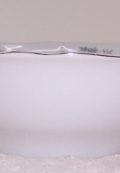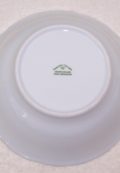Description
Johann Haviland Blue Garland Serving Bowl in great condition. It measures 2 7/8″ high x 8 5/8″ diameter.
In 1840, David Haviland, who had a china shop in New York City, made his first trip to France to establish an alliance with a manufacturer who could create pieces of porcelain for the American trade. He eventually settled in Limoges, France to oversee production. This was near the source of the abundant kaolin mines, the special white clay unique to Limoges porcelain. He established his own company in 1853 to produce china specifically for the American market.
There were numerous china manufacturers in Limoges, but the Haviland Company was the first to have artists on site to do the decorating. After the Civil War, David sent his son, Théodore, to the U.S. to handle distribution and marketing. Production dramatically increased and another son, Charles Edward Haviland, took over management of the firm from his father. Many talented artists were engaged and soon the lithograph or transfer technique of decoration was developed. White House china sets were designed for Presidents Lincoln, Grant, Hayes and Harrison. But the Victorian housewife was the primary customer with a wide variety of patterns to choose.
Théodore Haviland left the company to start his own in 1893 and was a very innovative marketer. Many prizes were won at exhibitions by both Haviland companies. “A set in every home” became Théodore’s goal, and full services of china for $29.95 are found in the Sears catalogs of the 1920s. Several patterns from both firms were used as premiums by the Jewel Tea Company. It is estimated that there are over 30,000 patterns and variations.
Charles Haviland’s company went out of business in 1931. Because of the approaching hostilities in Europe, Théodore moved his company to the United States in 1936, where it operated until 1957. The patterns of both companies were gathered and bought in 1941 by William Haviland who retired in 1972. Although the name Haviland remains today, the firm has gone through several changes in ownership.
Charles Field Haviland
Charles Field Haviland, the nephew of David Haviland, married into another porcelain family in 1859. When he retired in 1881 the name was “bought”, and has been passed down through several firms until the present day.
Johann Haviland
Johann Haviland, the grandson of David Haviland, started his own company in Bavaria, Germany, in 1907, and went out of business by 1924. An Italian firm bought the company and in 1933 sold it to the Rosenthal conglomerate. Quantities of this inexpensive china were sold at PXs in Germany after WW 2. Several patterns were used as grocery store premiums. The company has no connection with the French or American china.

